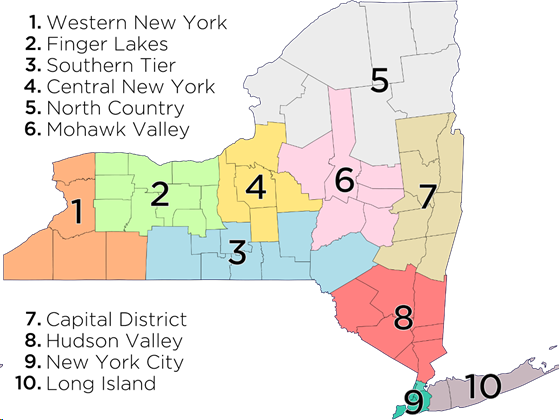5 things standing between K-12 schools and innovation – By Laura Ascione, eSchool News
Sustaining and scaling innovation is one of the top hurdles K-12 district leaders face as they strive to bring new and bold ideas to education, according to a new CoSN report.
Hurdles are more than just “pesky obstacles” to innovation, the authors note in Driving K-12 Innovation: 2019 Hurdles. These challenges slow down progress and force educators to make sure they’re prepared for the leap to innovation.
The report is the first of three in a series focusing on hurdles, accelerators, and tech enablers that spur K-12 innovation. The series, which will culminate in a toolkit to inform strategic planning and tech integration, honors the legacy of the Horizon K-12 reports.
CoSN convened an advisory board of more than 100 ed-tech experts to identify and rank broad issues, along with the implications of and solutions to those issues, to form a better picture of where K-12 innovation, equity, and other priorities stand today.
“Visionary, strategic technology leadership is critical for creating a systemic, digital ecosystem and preparing every child for the world of today and tomorrow. Making smart technology decisions in education is becoming more difficult, however,” writes CoSN CEO Keith Krueger in the report’s introduction. “Technology is changing at breakneck speed—and the pace is accelerating. The Driving K–12 Innovation series responds to this challenge.”

R.I. to rethink high school instruction in partnership with education nonprofit – By Linda Borg, The Providence Journal
Gov. Gina Raimondo is partnering with a highly regarded nonprofit education organization to help Rhode Island public schools reimagine what high school could look like.
“In the past, XQ has only worked with individual schools,” said state Education Department spokeswoman Meg Geoghegan. “One of the reasons they were attracted to Rhode Island is because of the things in our toolkit: dual enrollment, advanced coursework, career education and work-based learning. One of the questions is, how are we going to scale this up so all students are getting access to these programs?”
Any high school can apply for the grants. Five schools will be selected to receive $500,000 each from XQ to redesign their schools. The money can be used to implement the new high school design, which might call for changing the class schedule, using technology in new ways or expanding career and technical opportunities.
XQ was founded in 2015 by Laurene Powell Jobs, widow of Apple co-founder Steve Jobs, and Russlynn Ali, the former assistant secretary for civil rights at the U.S. Department of Education under Secretary Arne Duncan.
The private nonprofit launched with a national competition that invited high schools around the country to rethink the way they teach high school. The organization asked schools to think big: Does the school day need to look different? Should students be engaged in real-life work? Can students drive their own learning using technology?

New York Joins Movement to Abandon Use of Student Tests in Teacher Evaluations – By Eliza Shapiro, The New York Times
Four years ago, Gov. Andrew M. Cuomo pushed through a plan to put New York at the forefront of a national movement to reshape American public education: He vowed that half of a teacher’s rating would be determined by student results on standardized exams.
But his initiative met with immediate resistance from teachers’ unions and parents, especially those in New York’s wealthy suburbs and progressive urban pockets.
They protested on the basis it would place undue stress on teachers and children, whose test scores are used for high-stakes admissions decisions and academic tracking.
As a result, with Mr. Cuomo’s assent, the evaluation system was suspended only months after it had been adopted. Now, in a final capitulation to a yearslong backlash, Mr. Cuomo is set to sign a bill the Legislature just passed that essentially guts the testing component.
The new measure will add New York to the growing rebellion against using testing to assess teachers that has also spread to Colorado and California.

As enrollment shrinks, the 'face of education' changes – By Zachary Matson, The Daily Gazette
School districts across the Capital Region have shed students by the thousands since the mid-1970s. But the students in today’s classrooms have become far more diverse and are expected to grow more so. In many ways, the changes have come slowly – inching forward over decades.
The demographic changes, however, have moved much faster than the diversification of school district staffs, curricula and the creation of programs aimed at combating racial disparities in suspensions, academic scores and graduation rates. And in the coming years a new state accountability system will hold school’s more and more responsible for how all student groups perform in the classroom and on the graduation stage.
There are 38,312 fewer students in the Capital Region today than there were in 1976. And today’s students are far more diverse.












